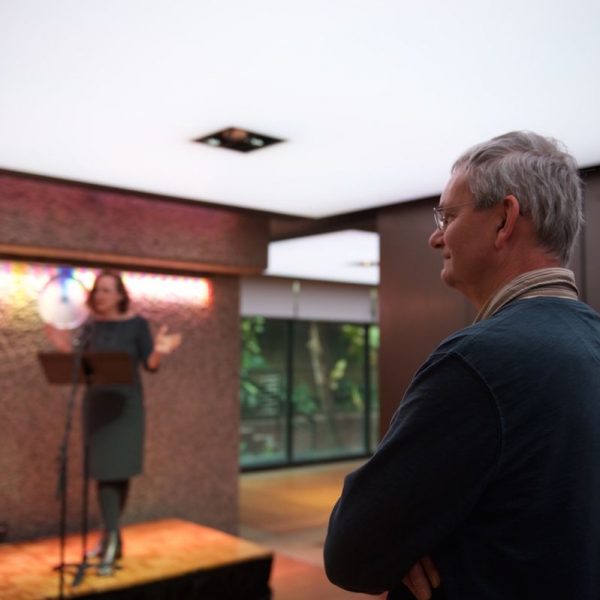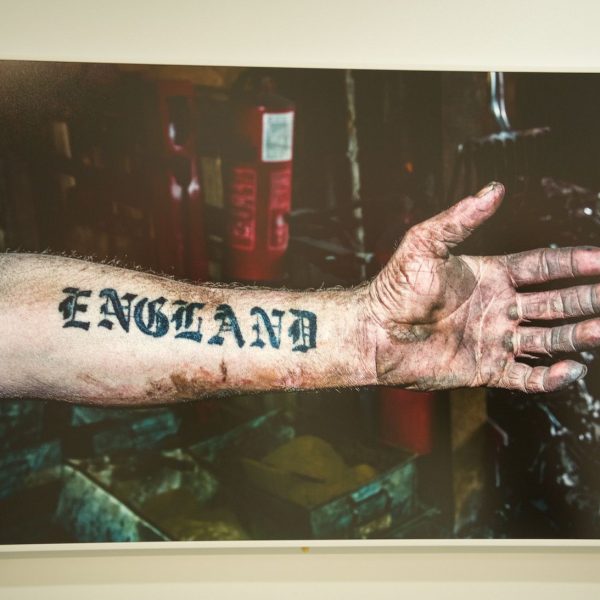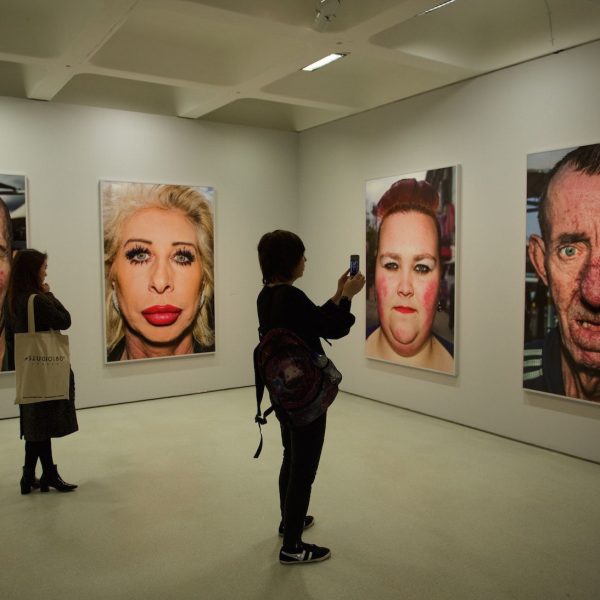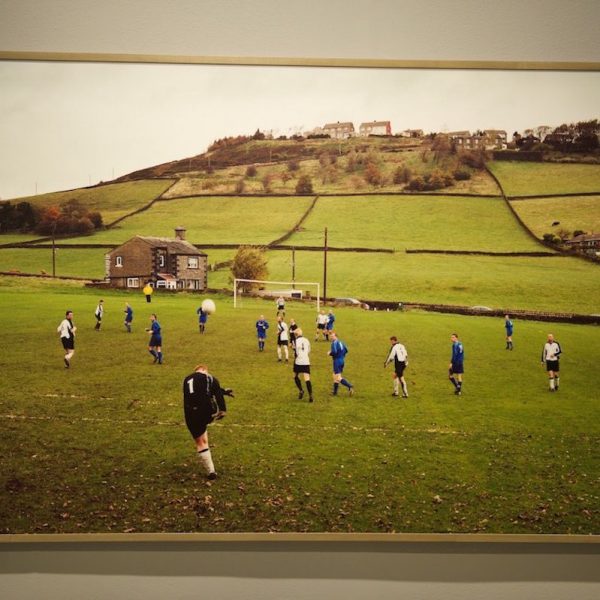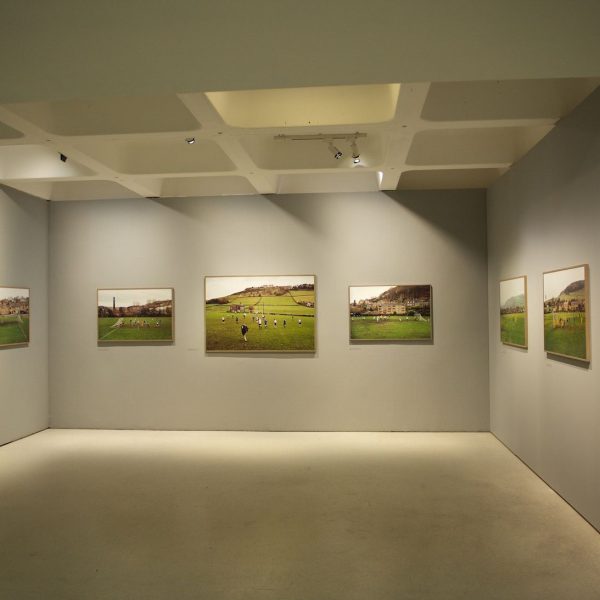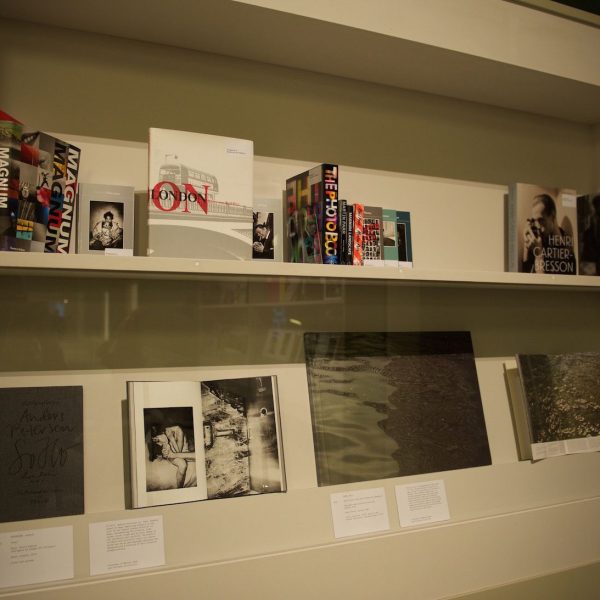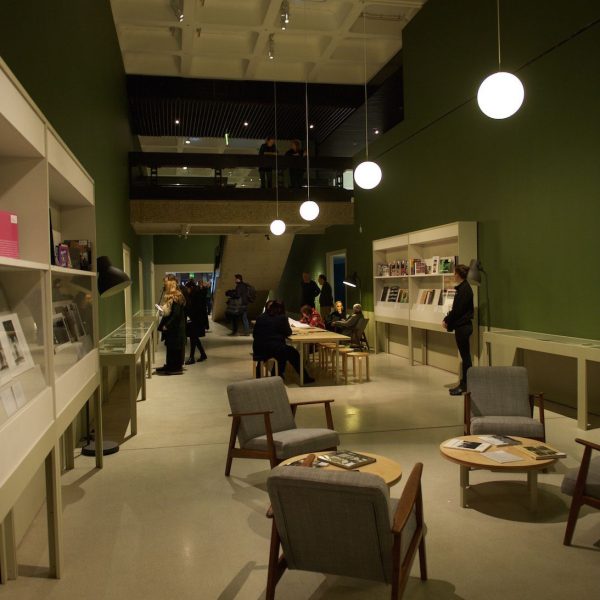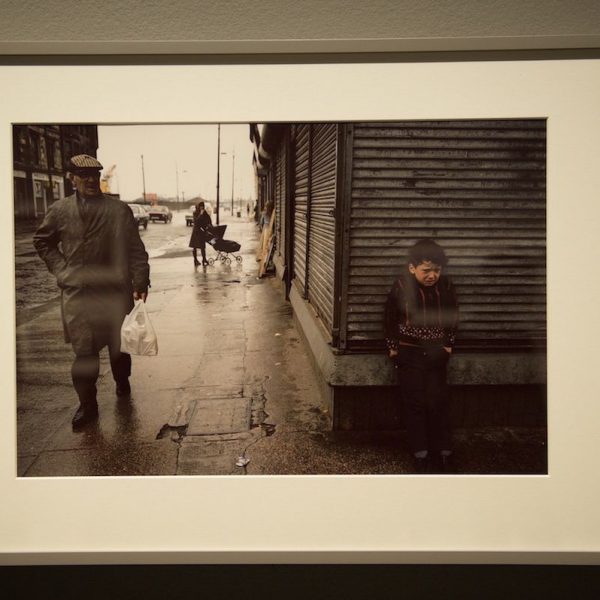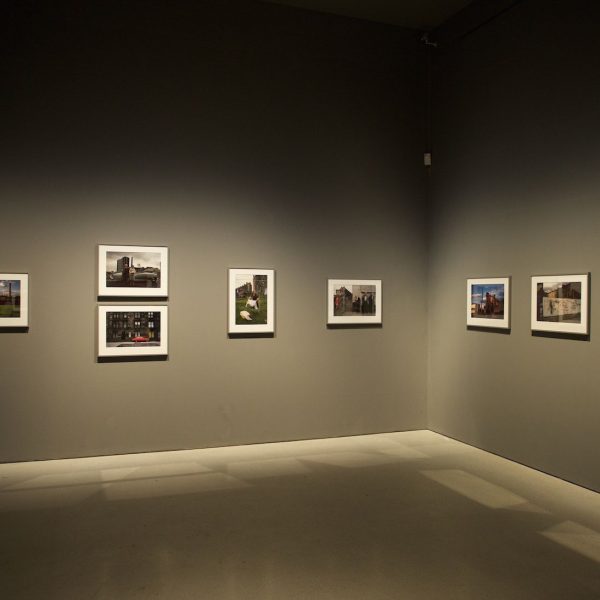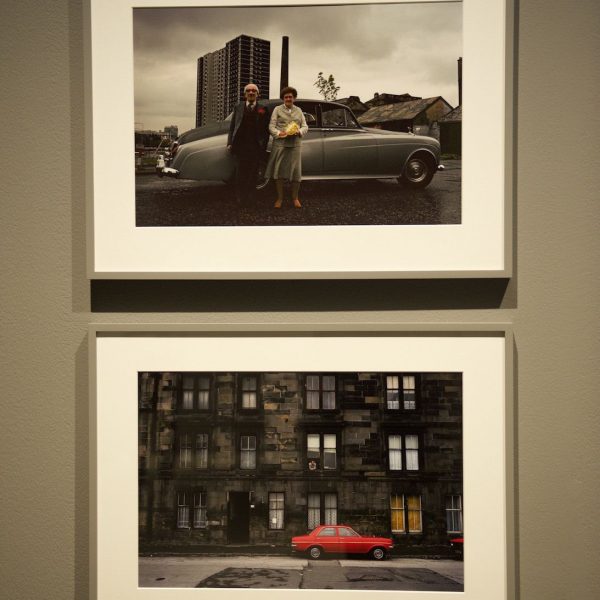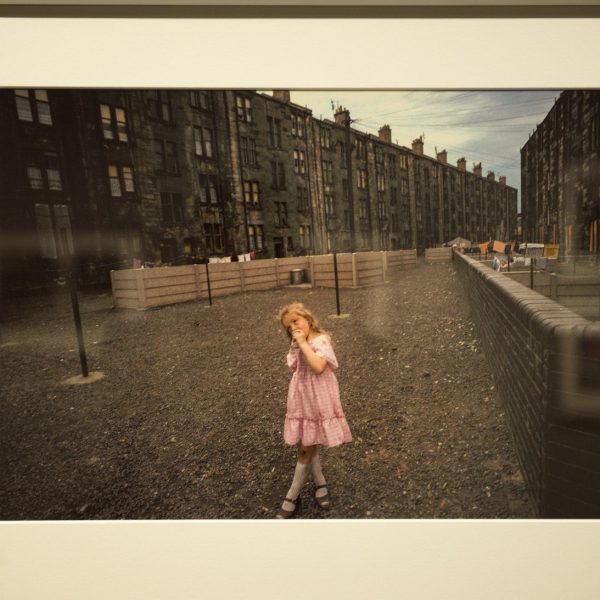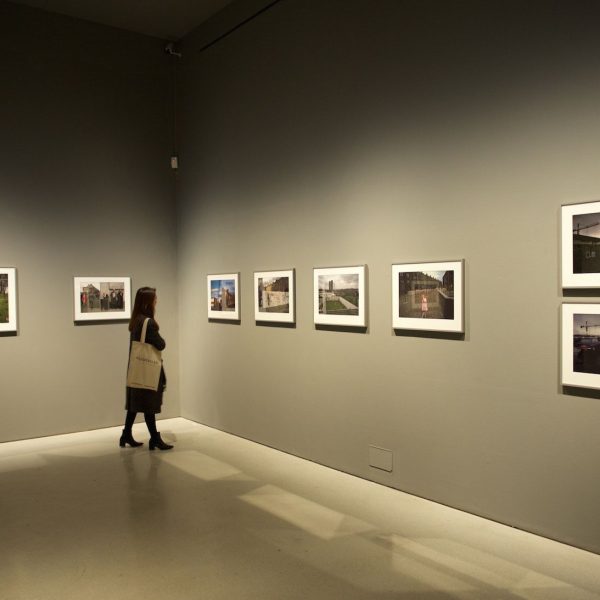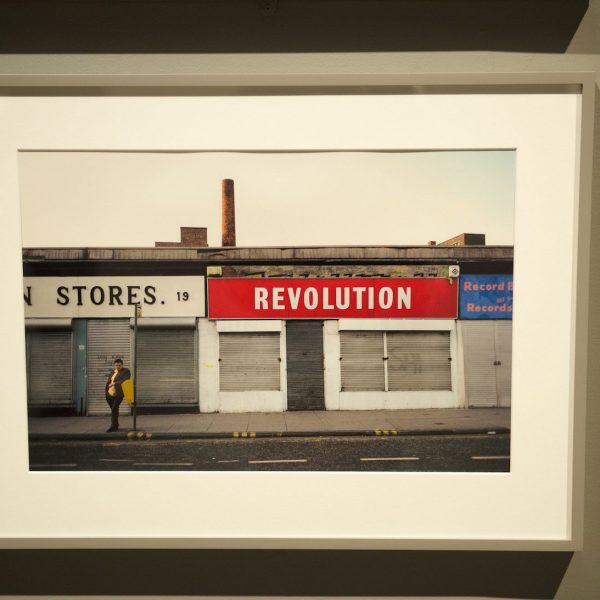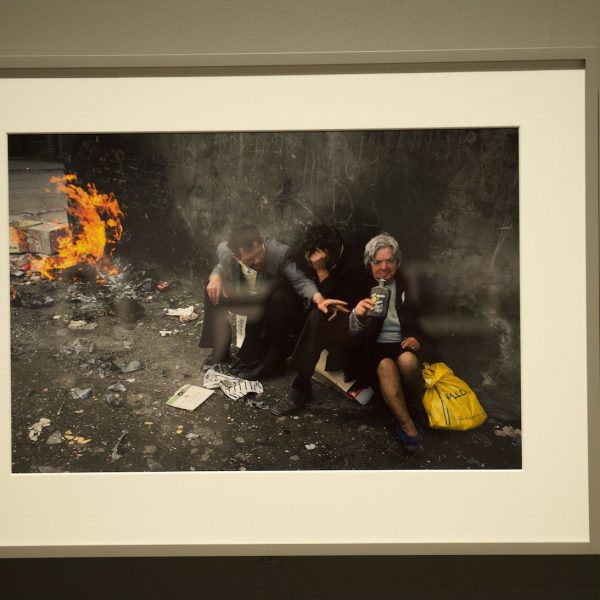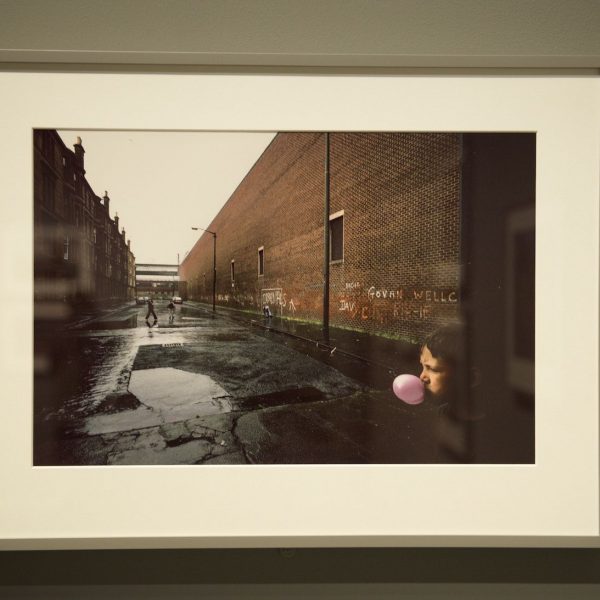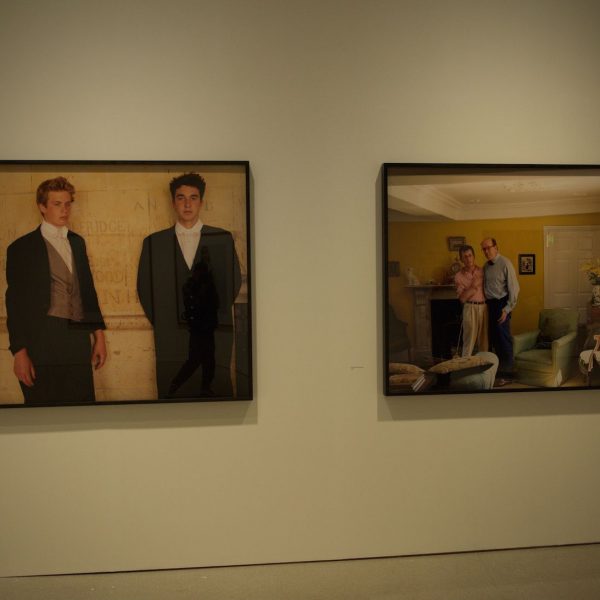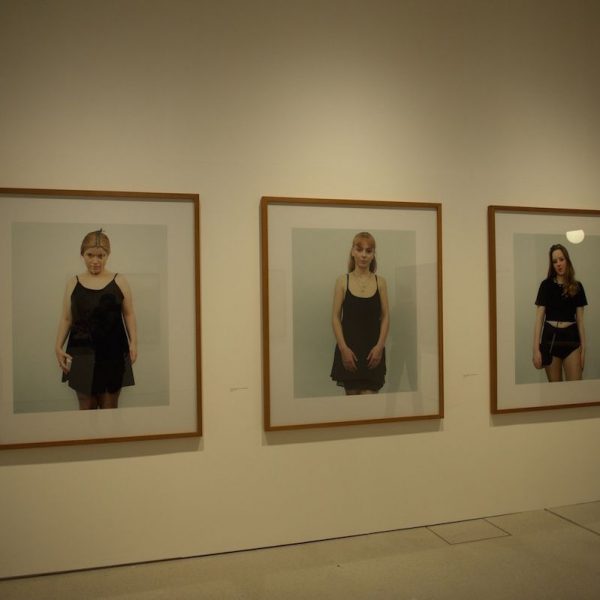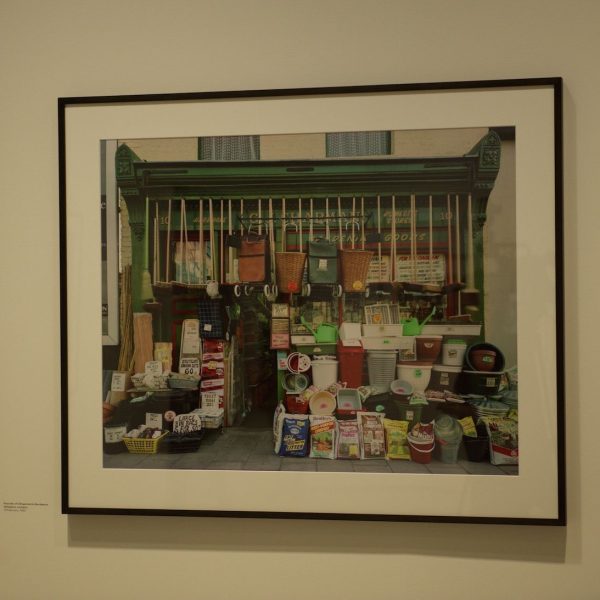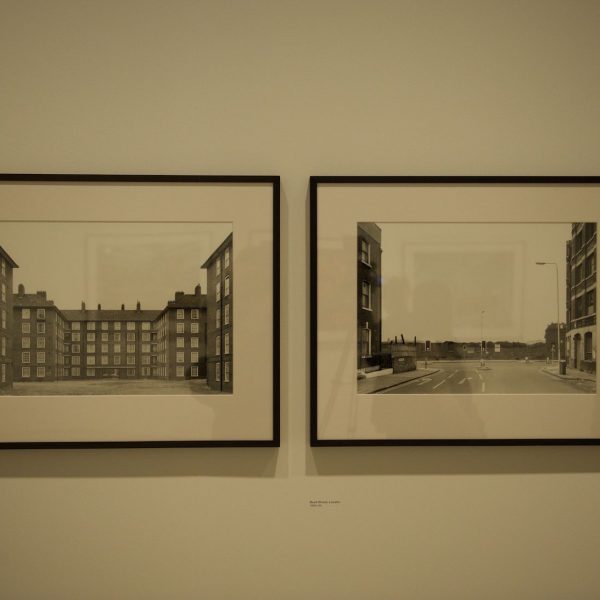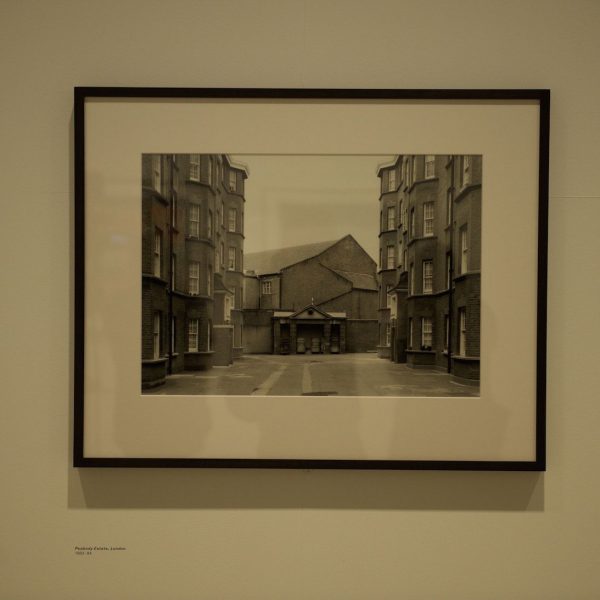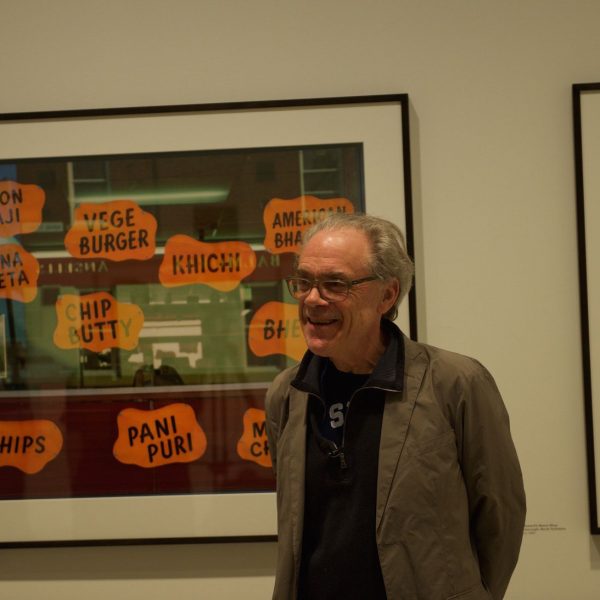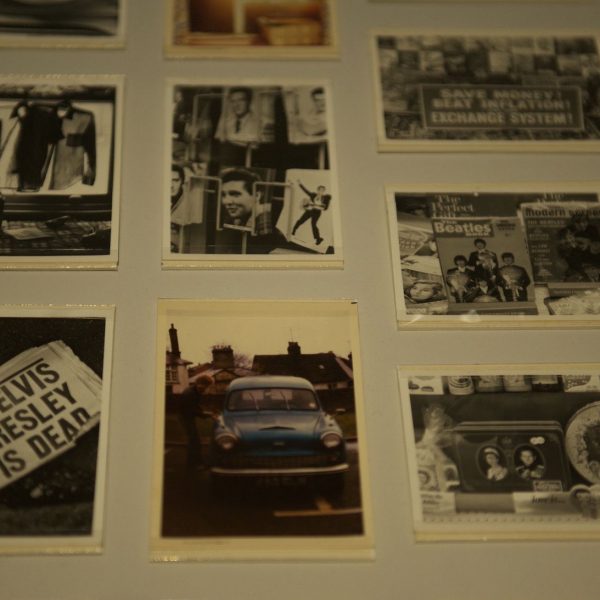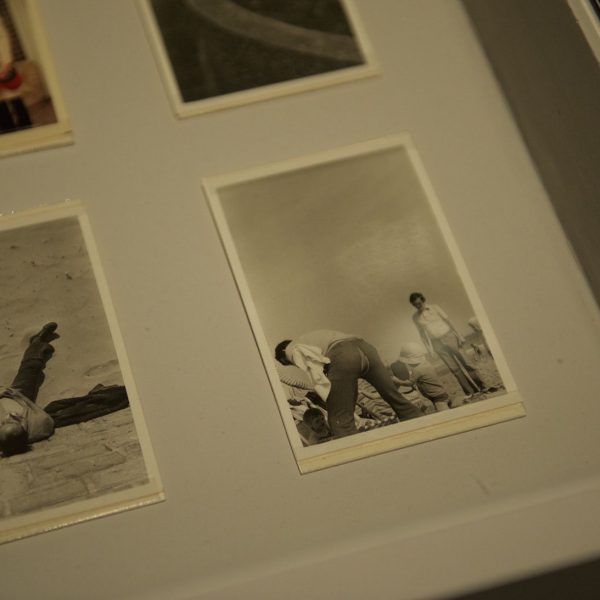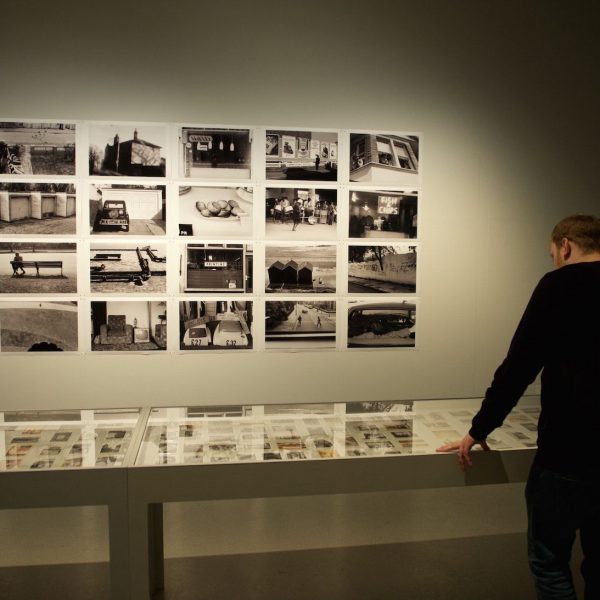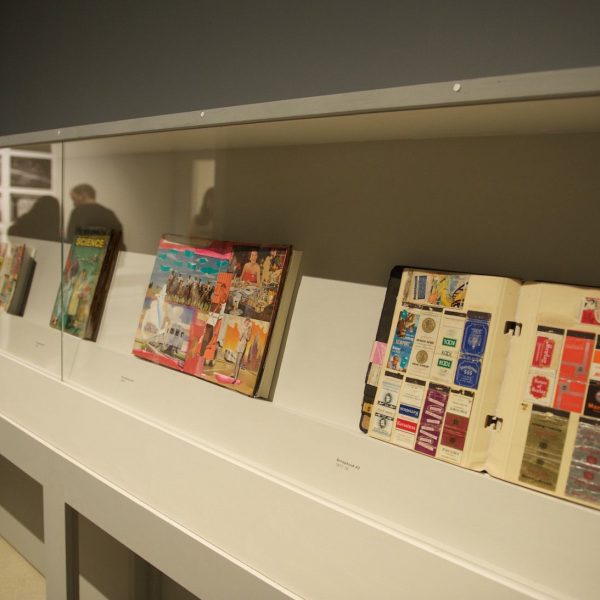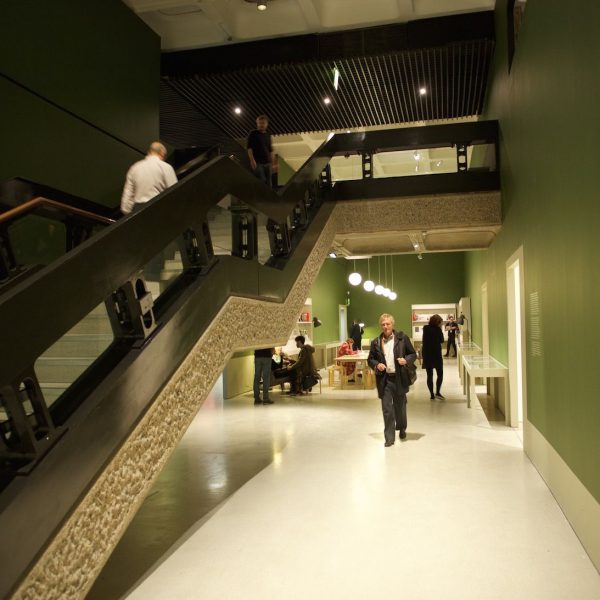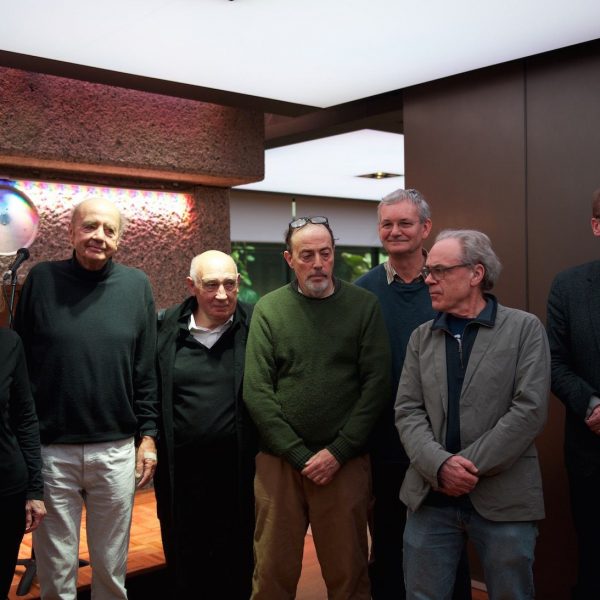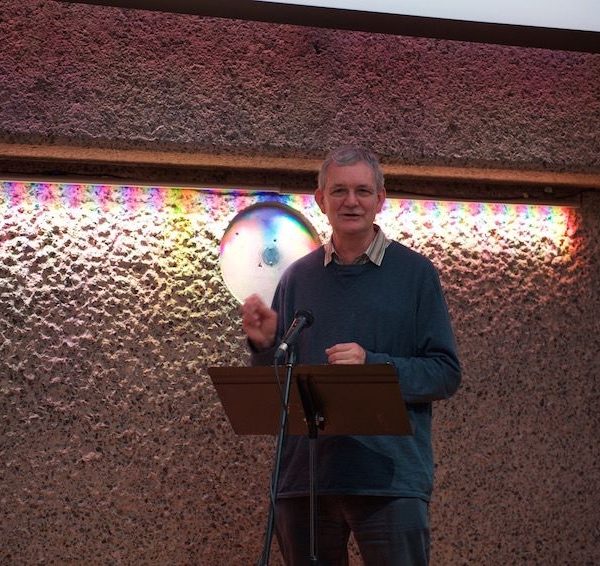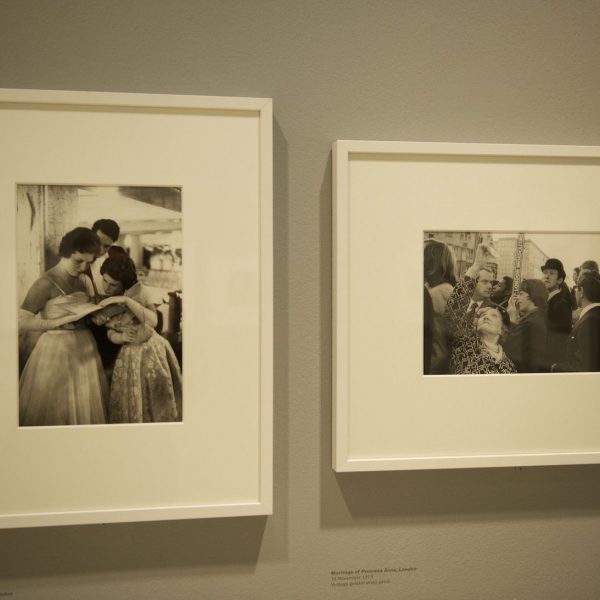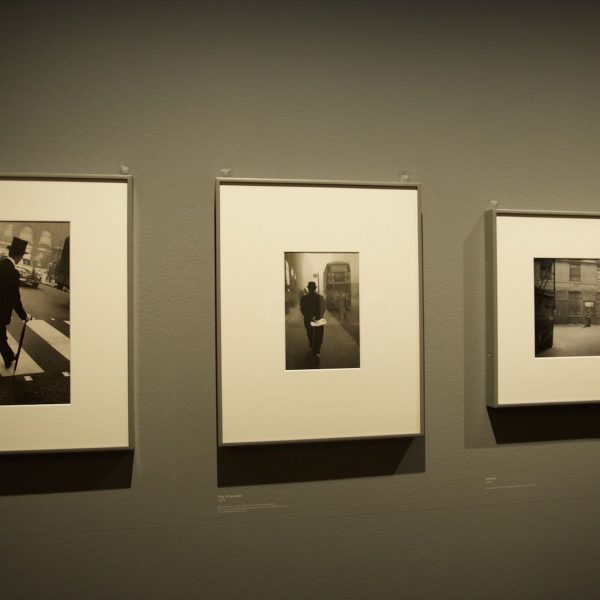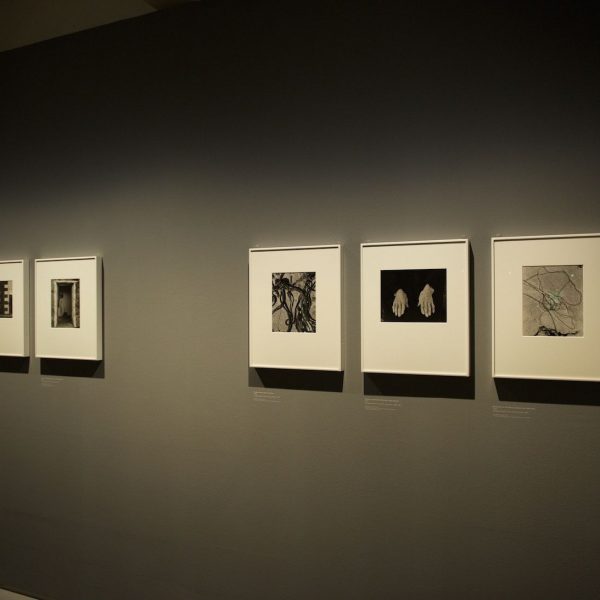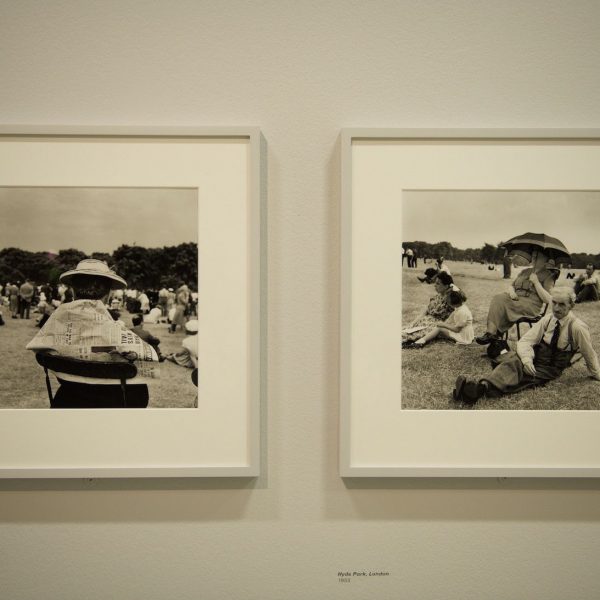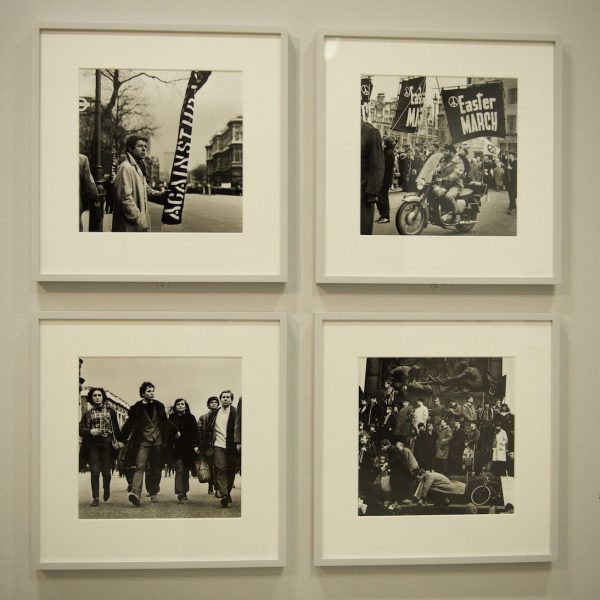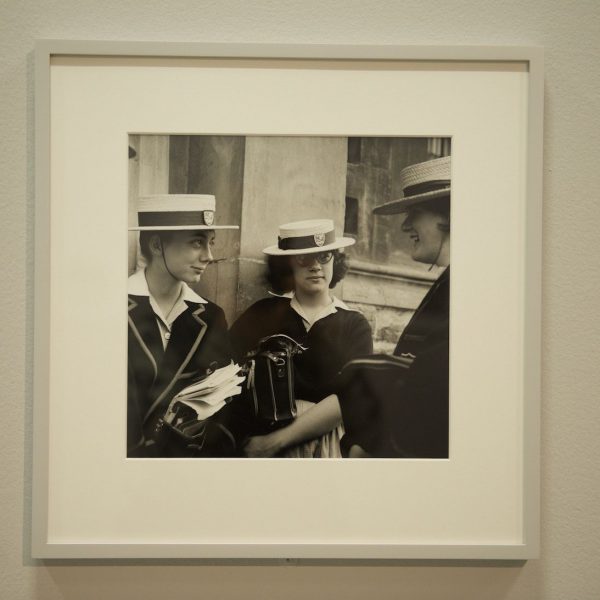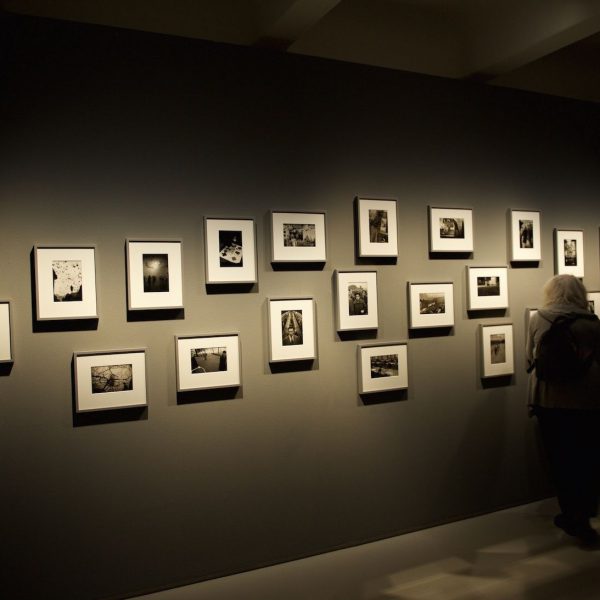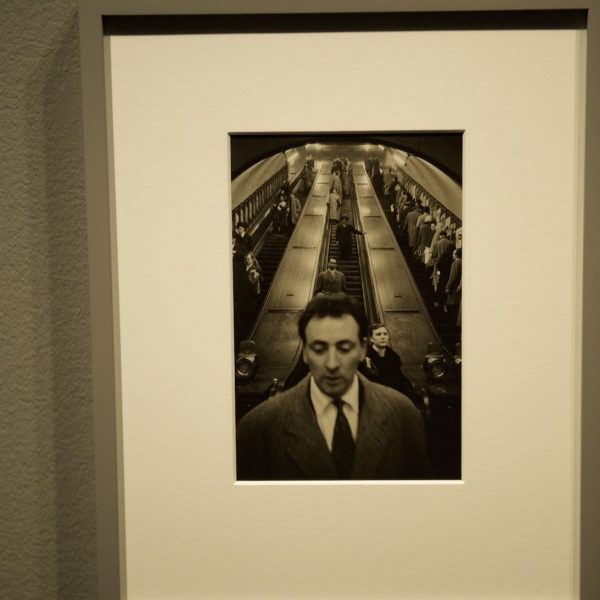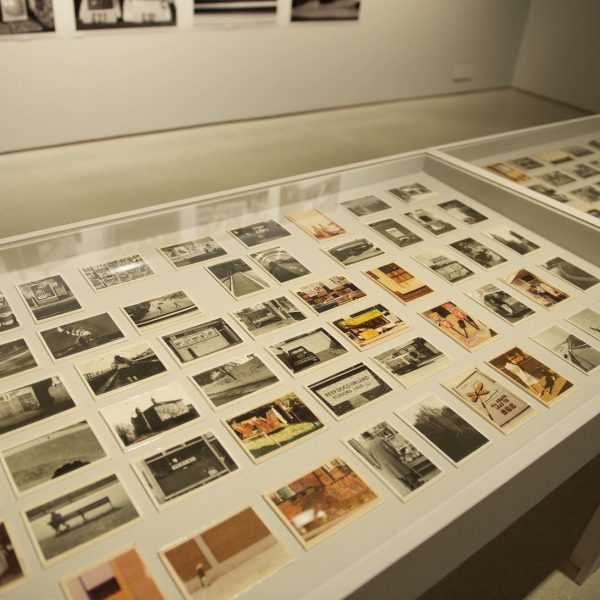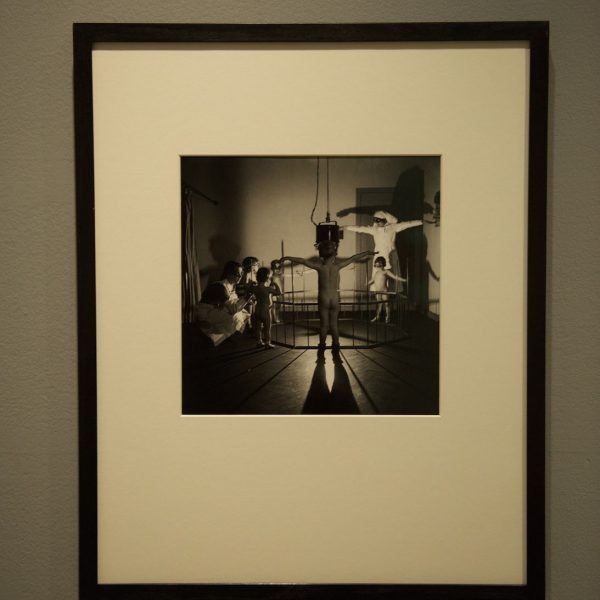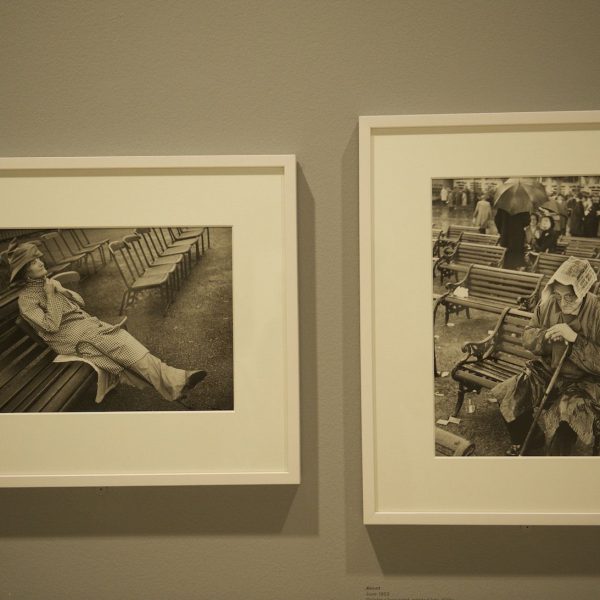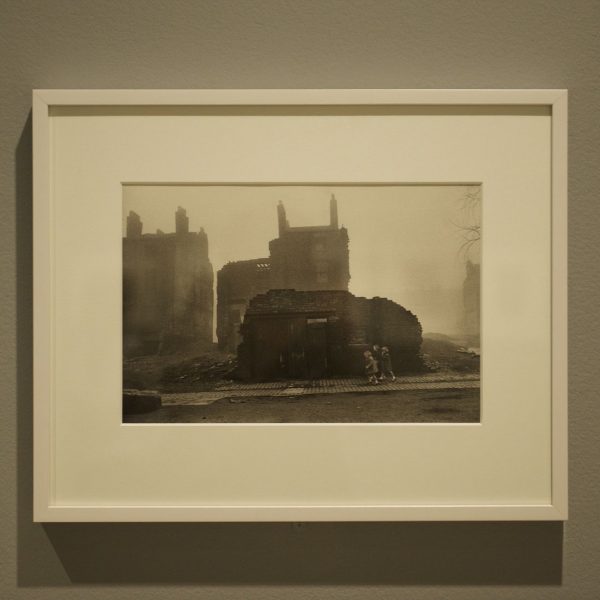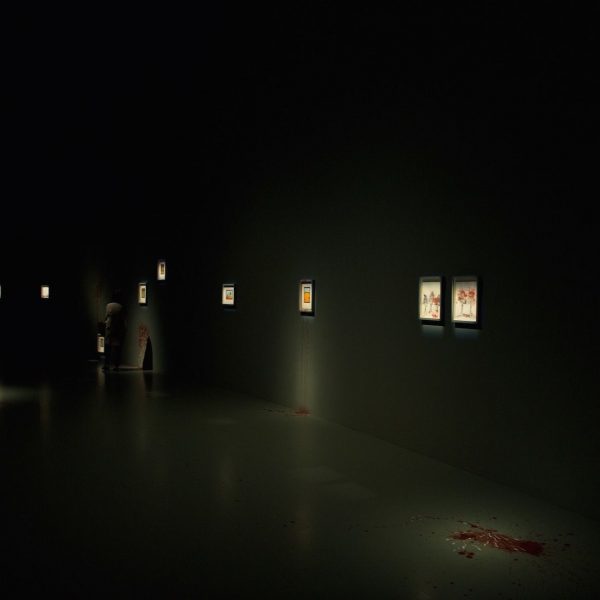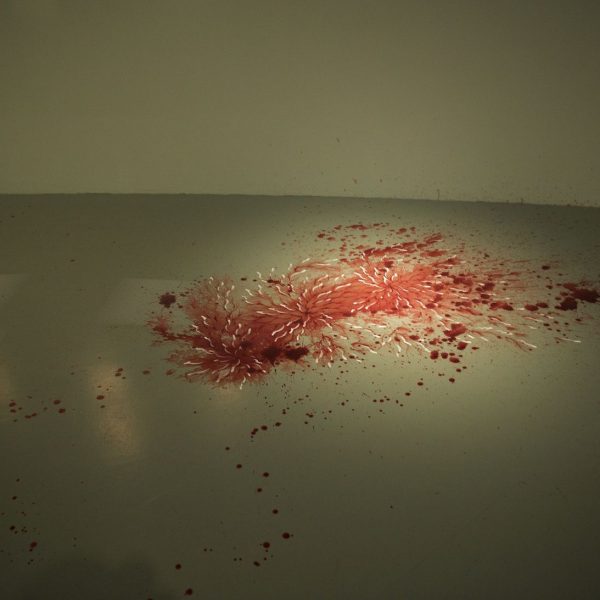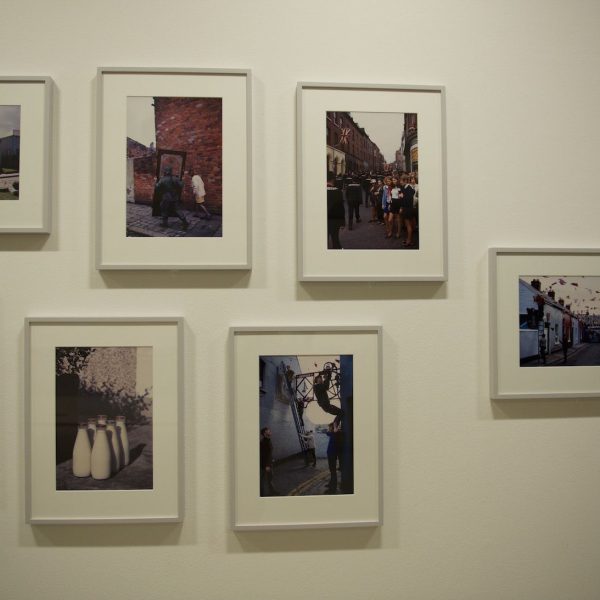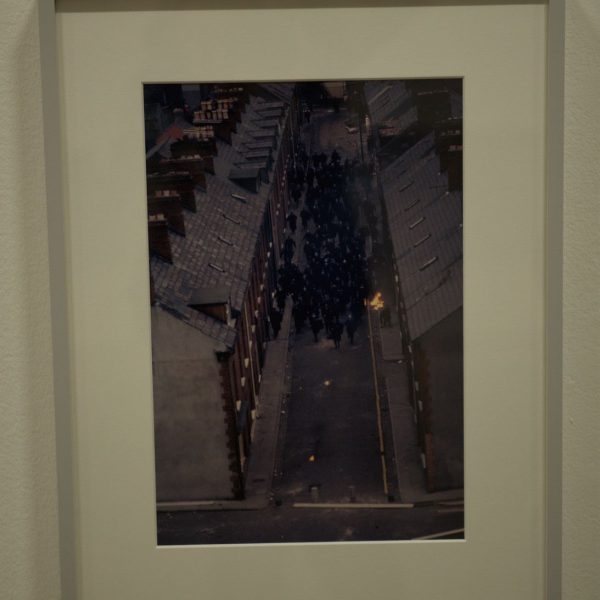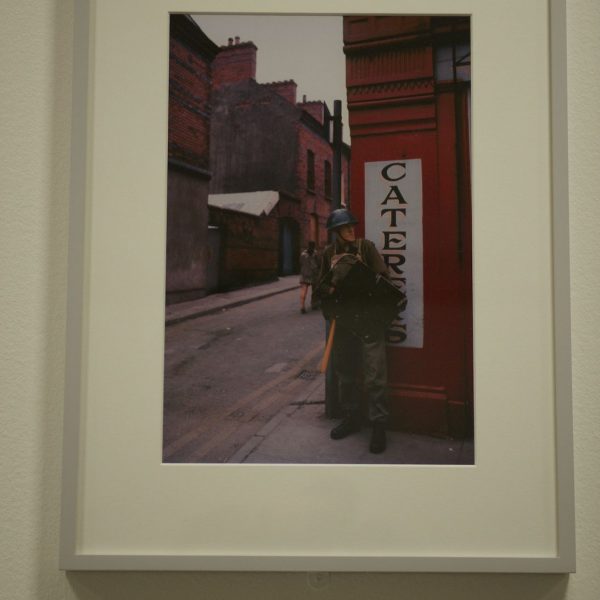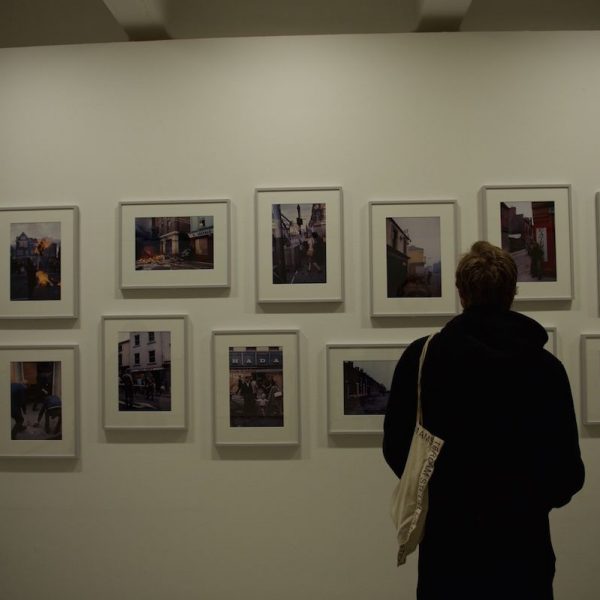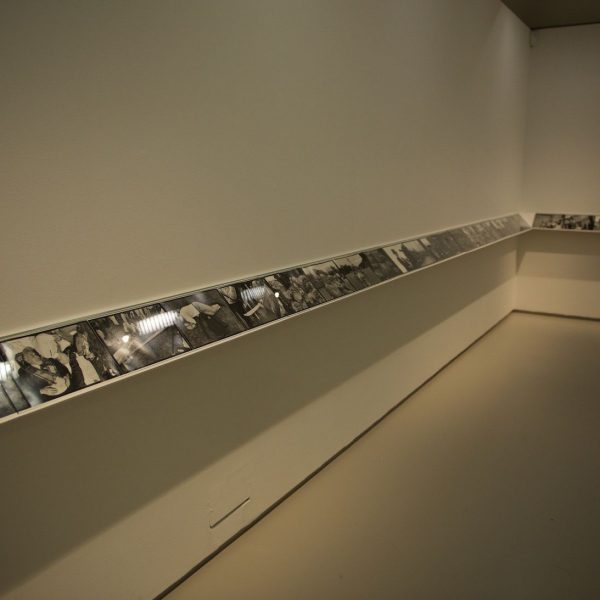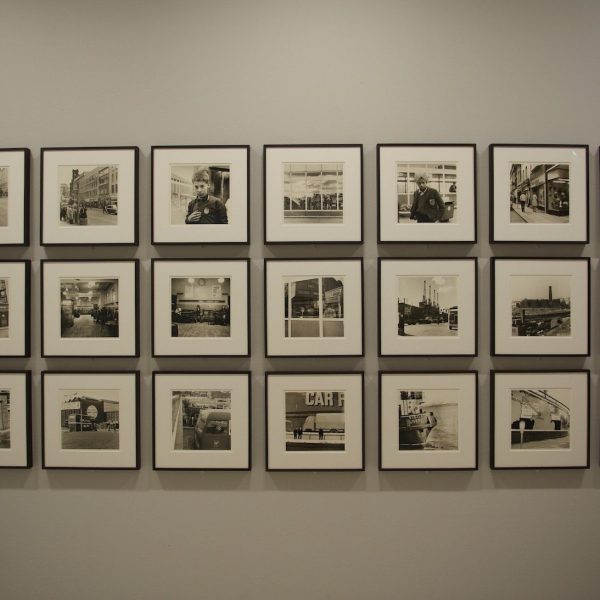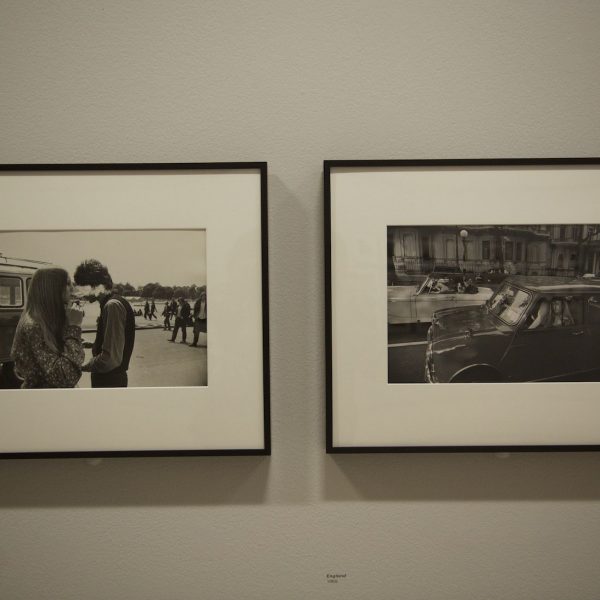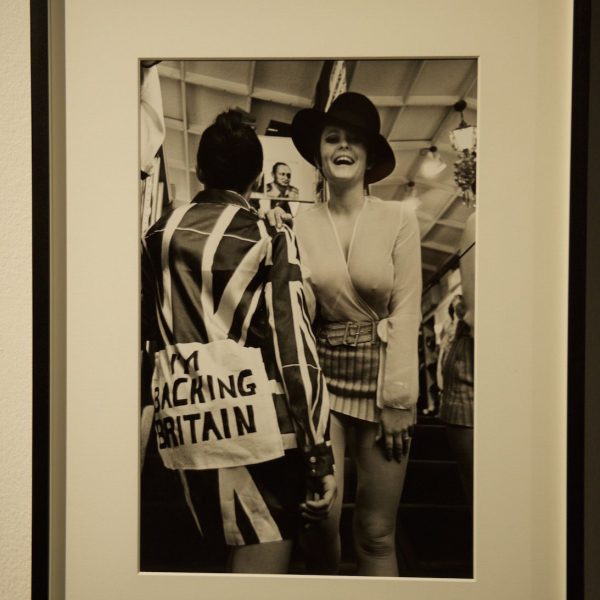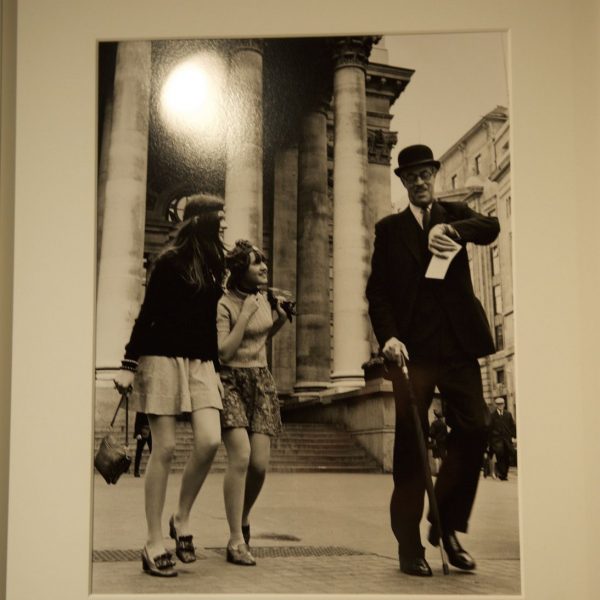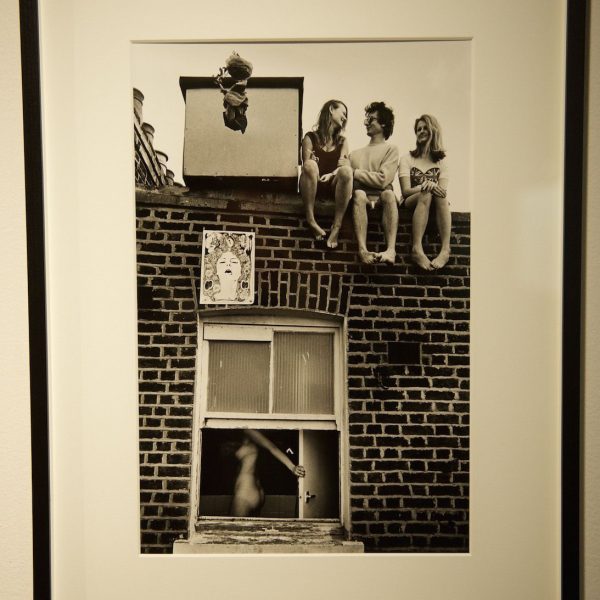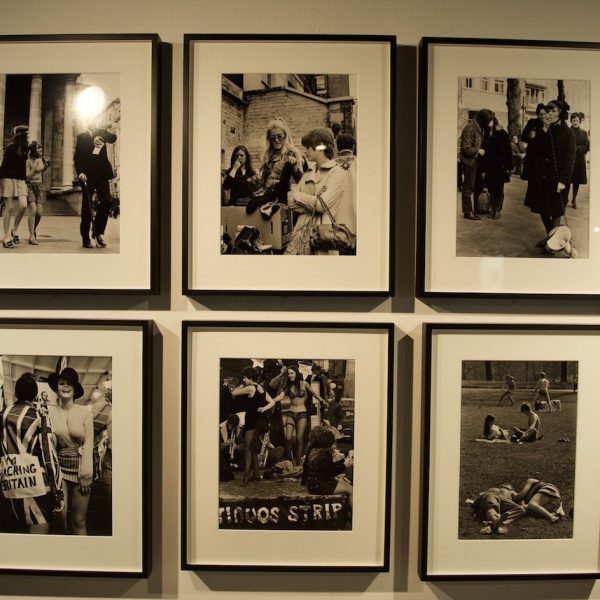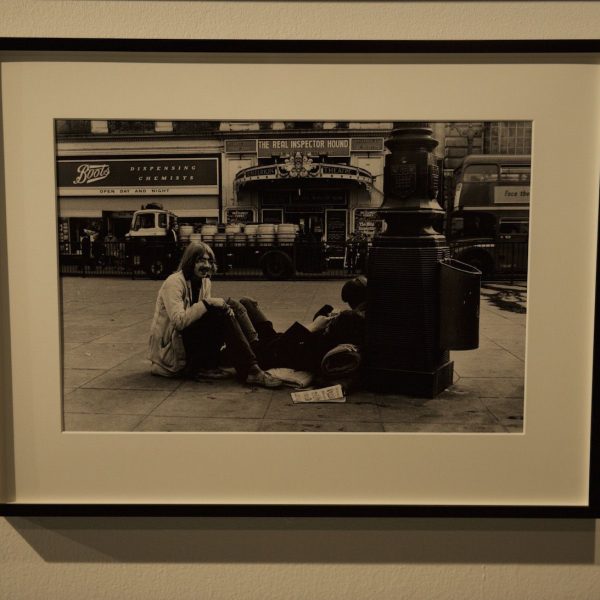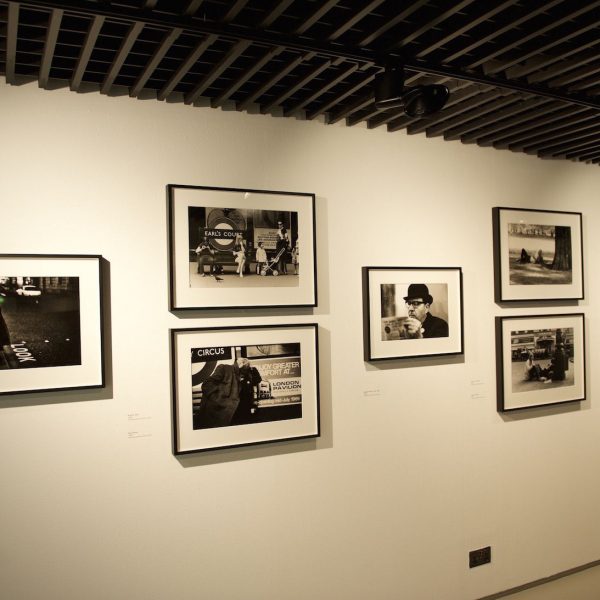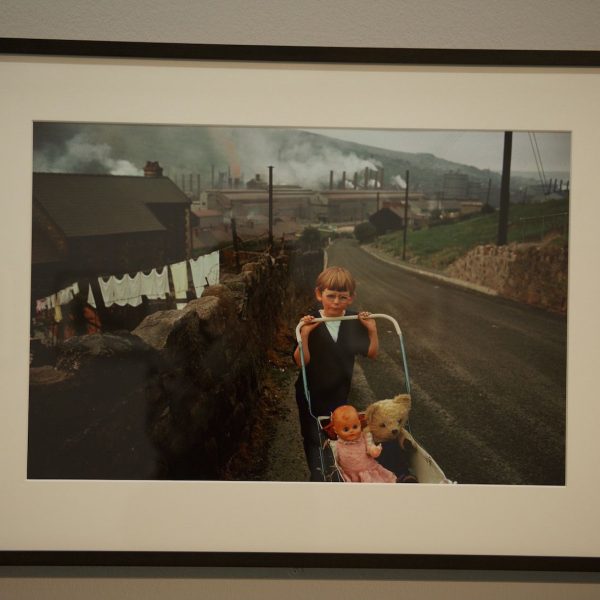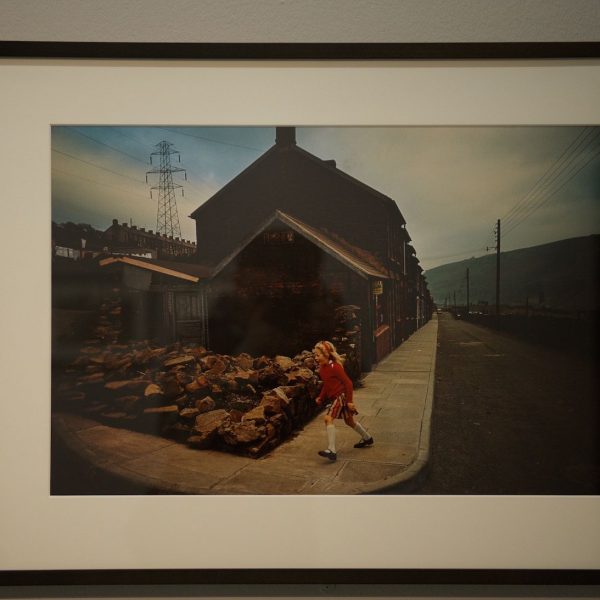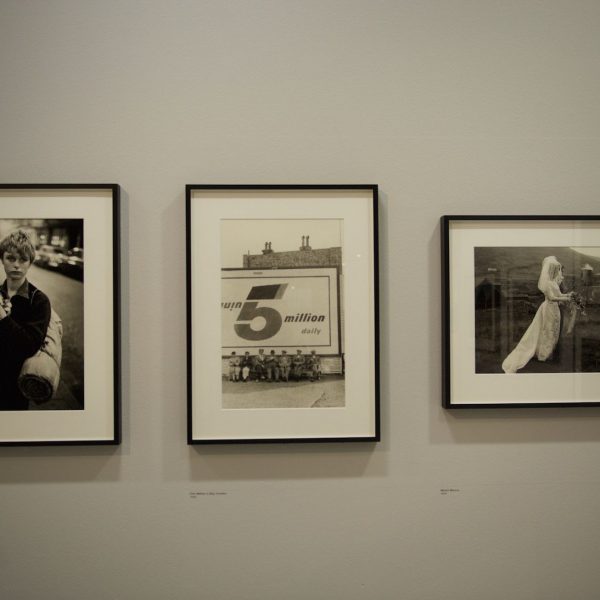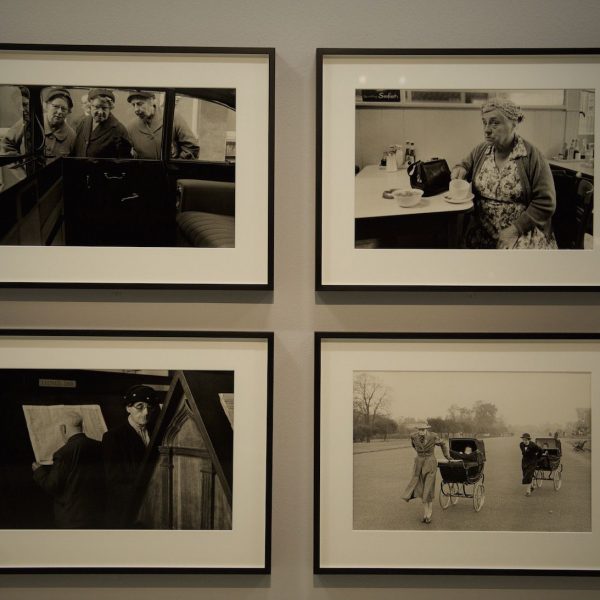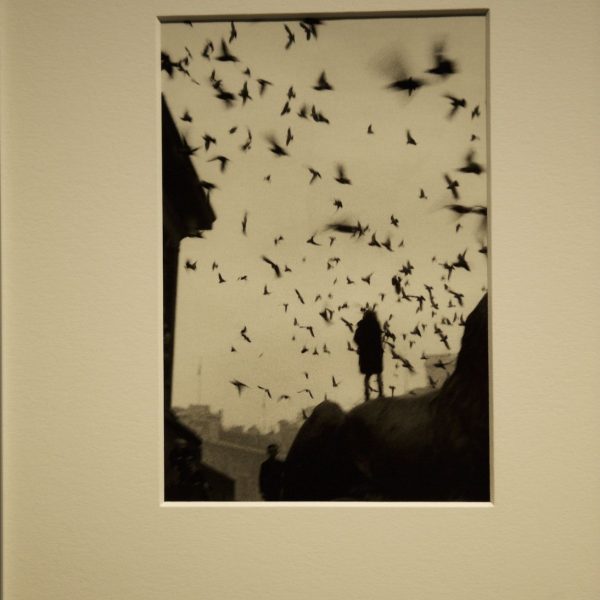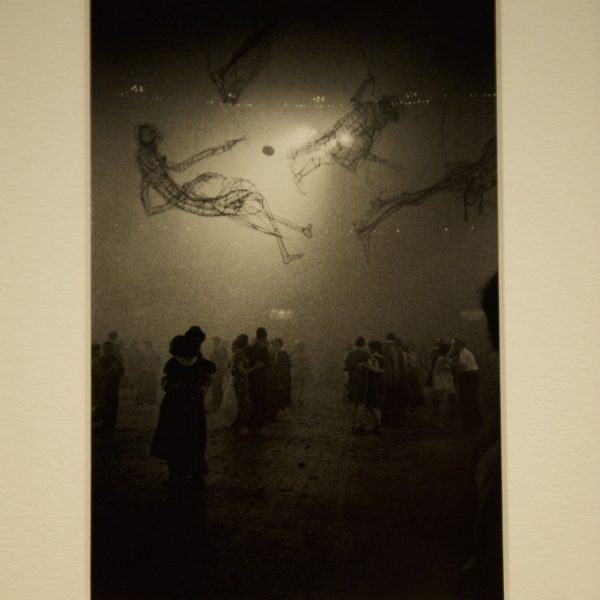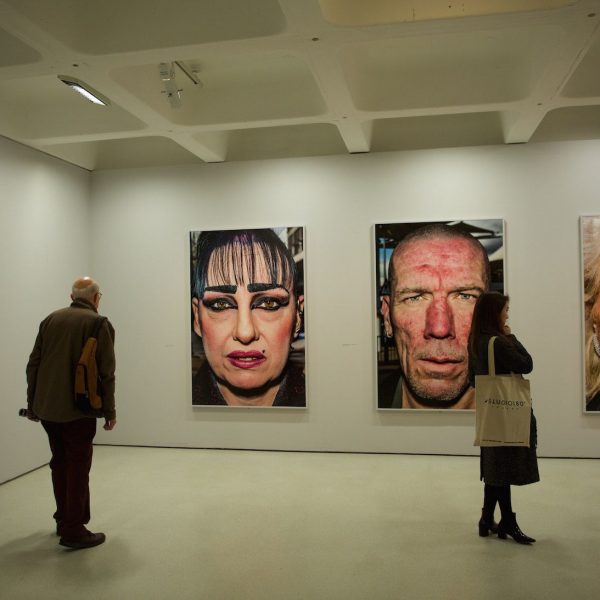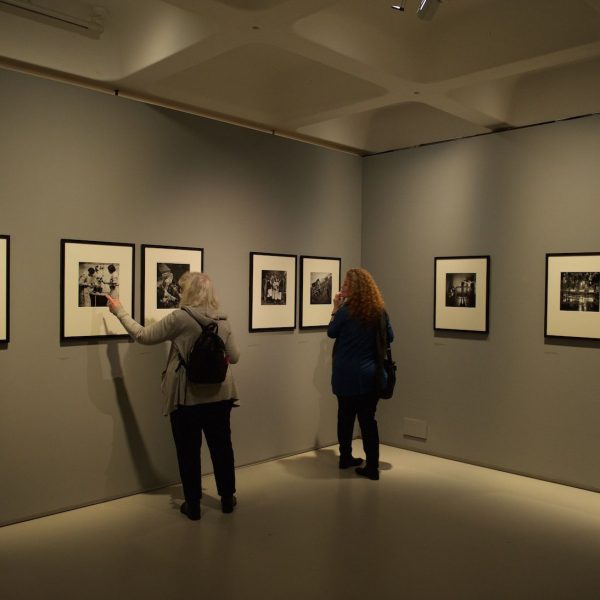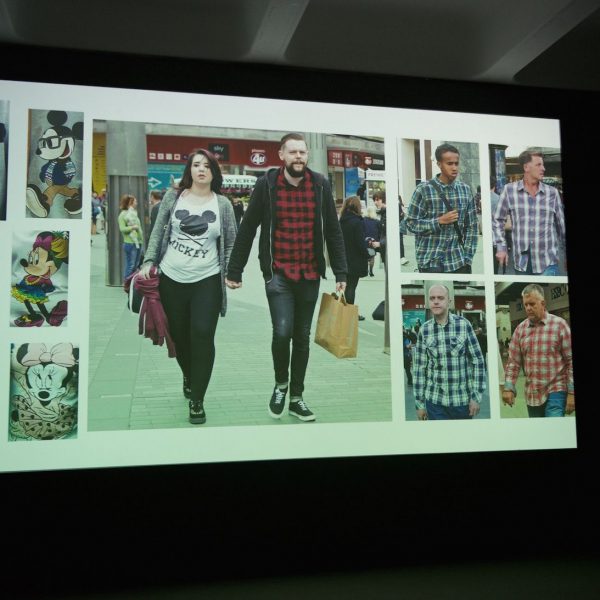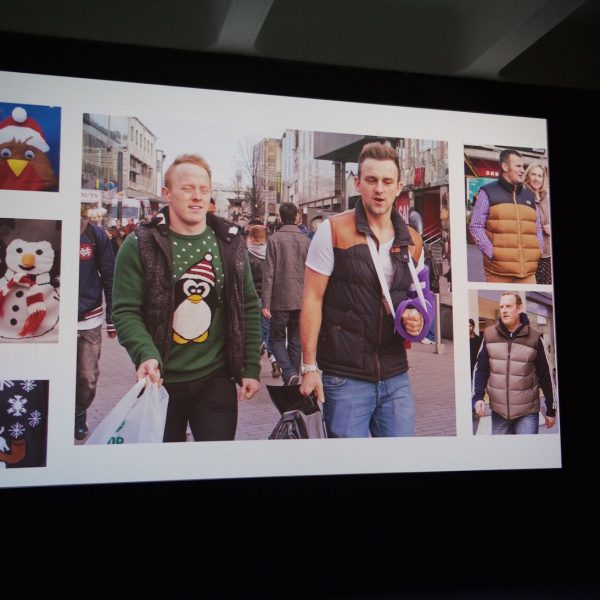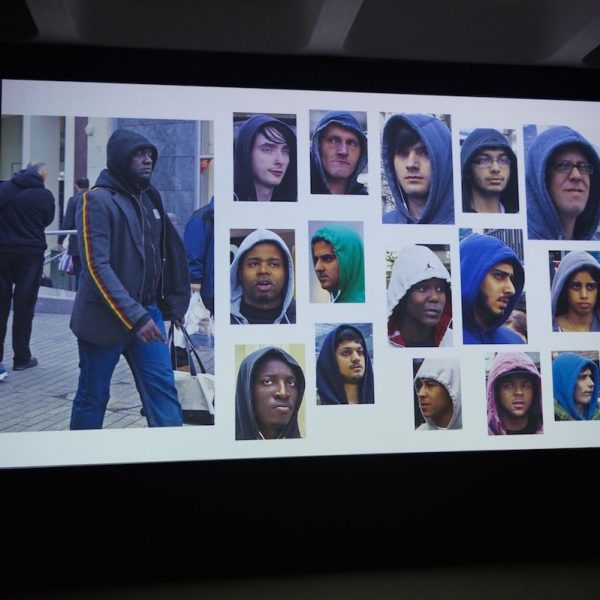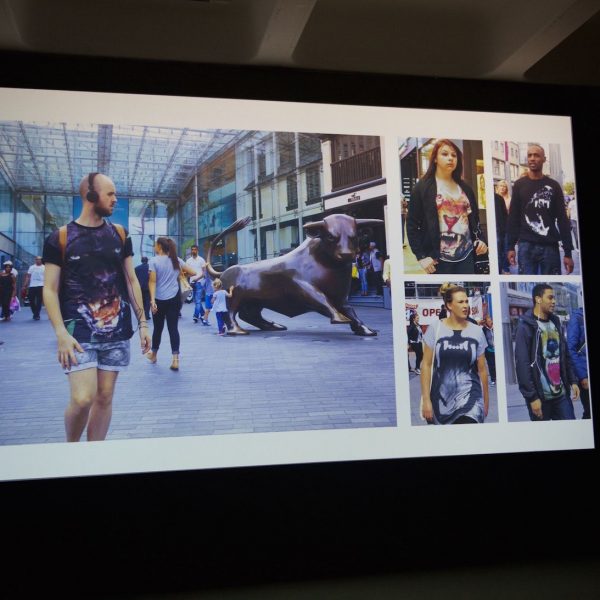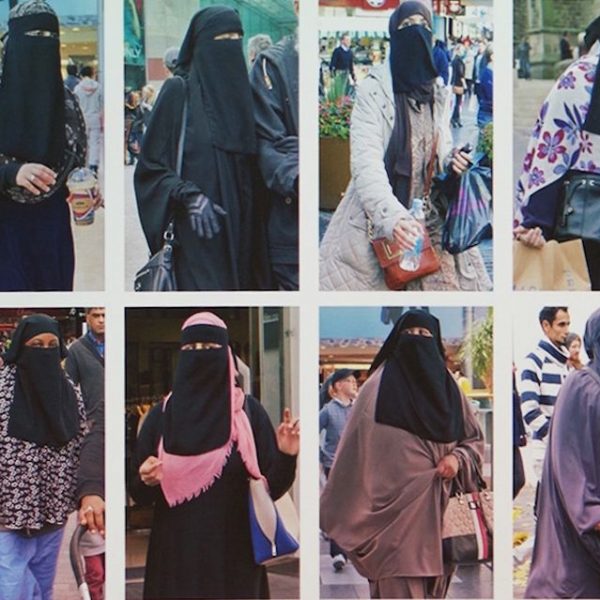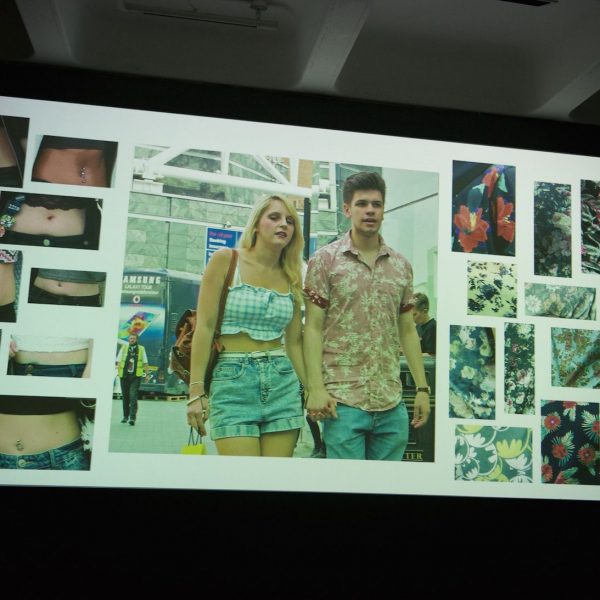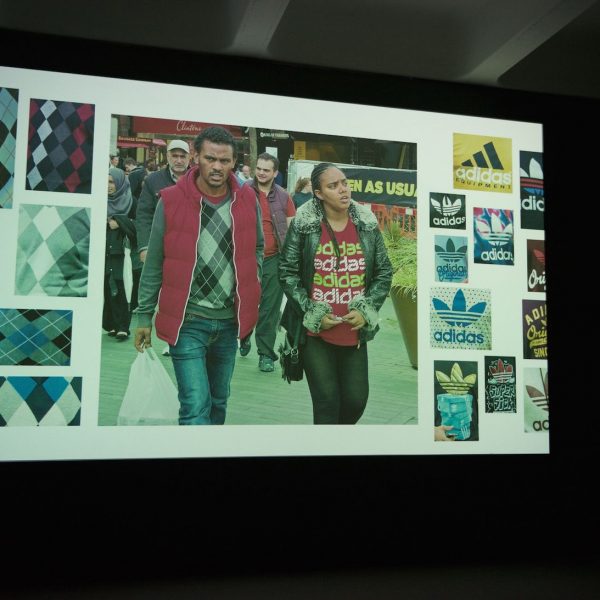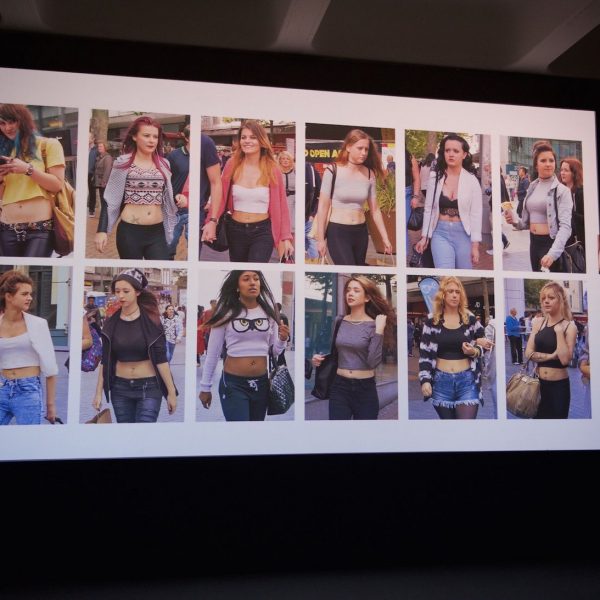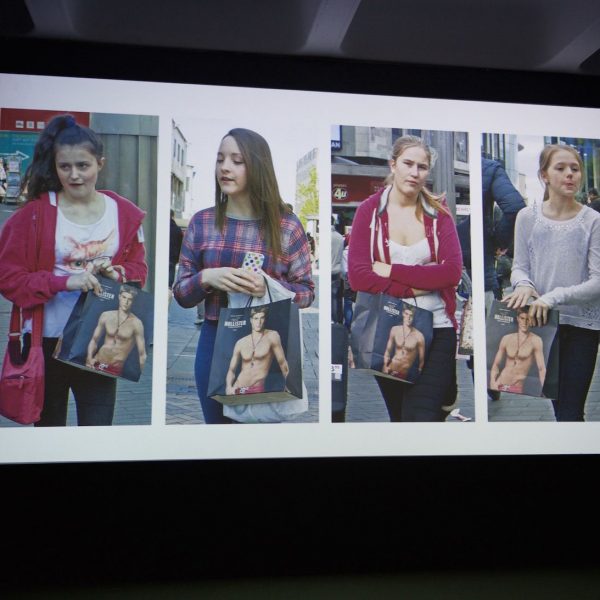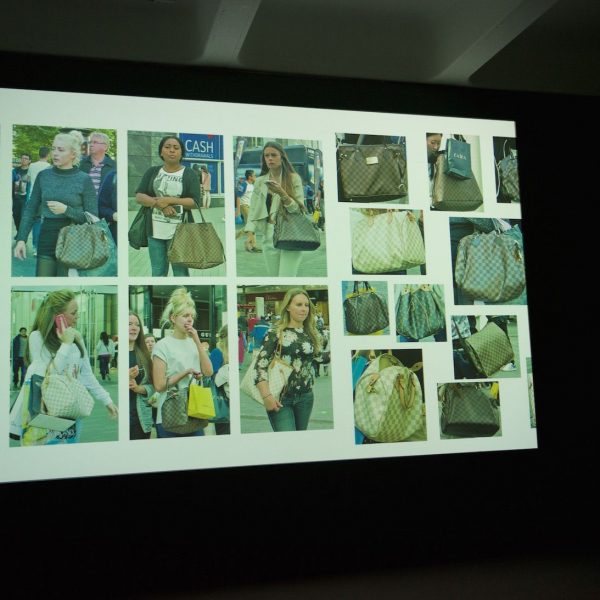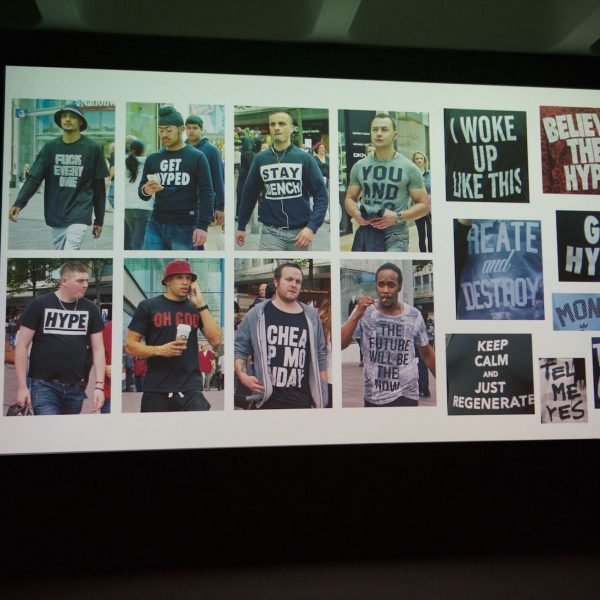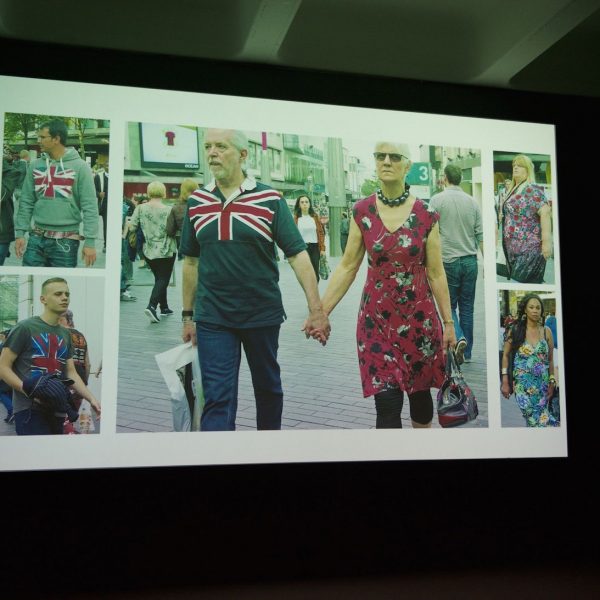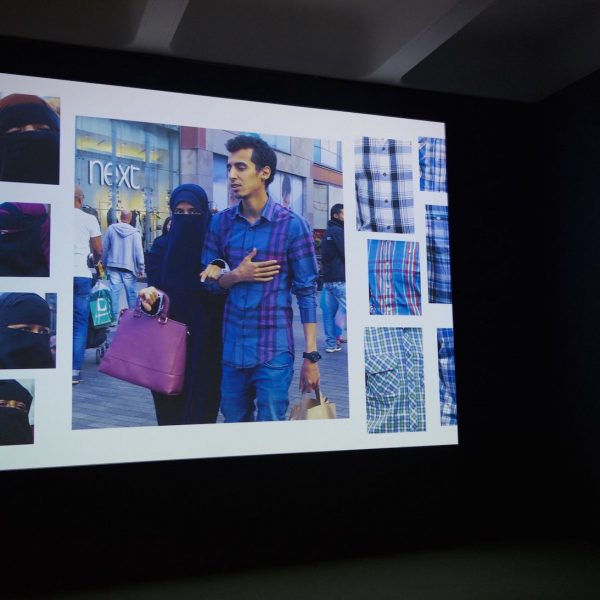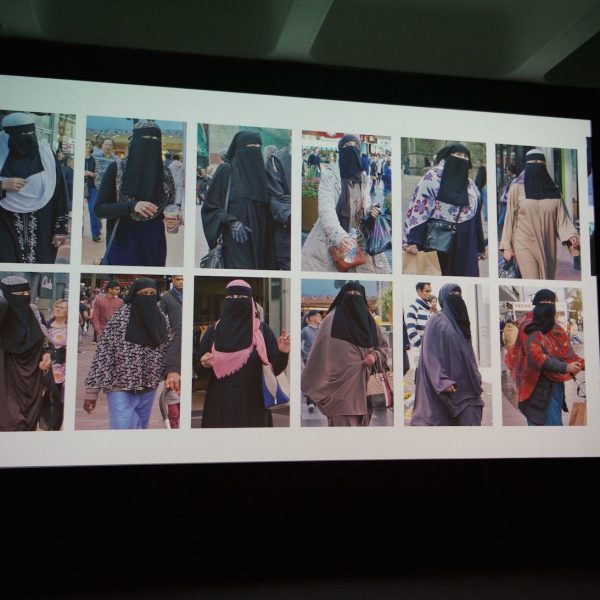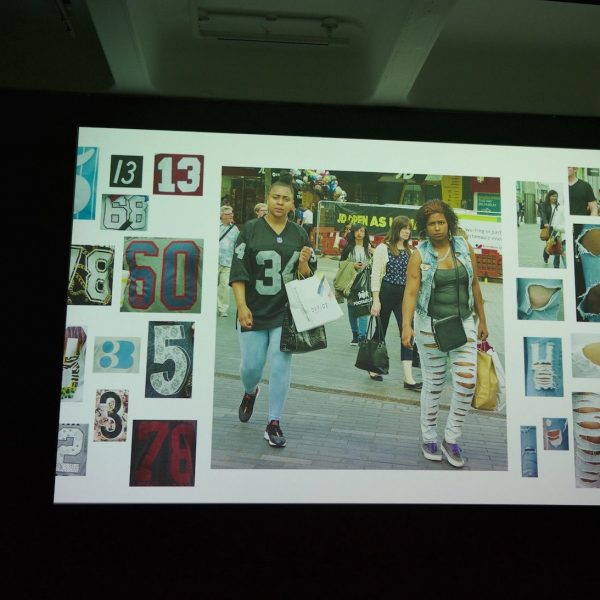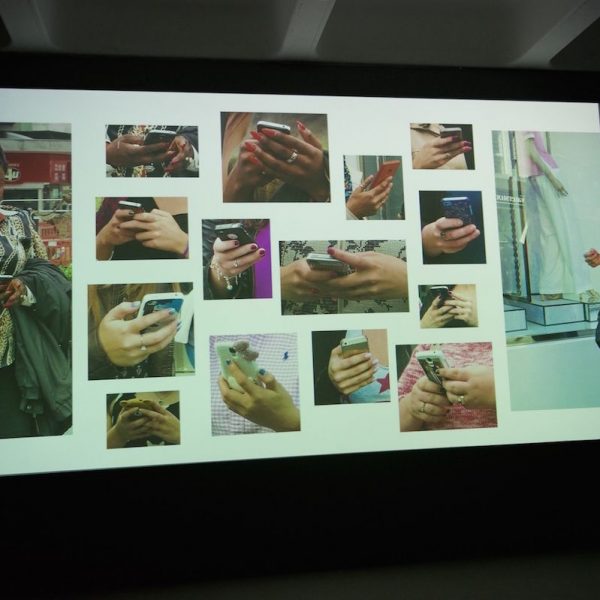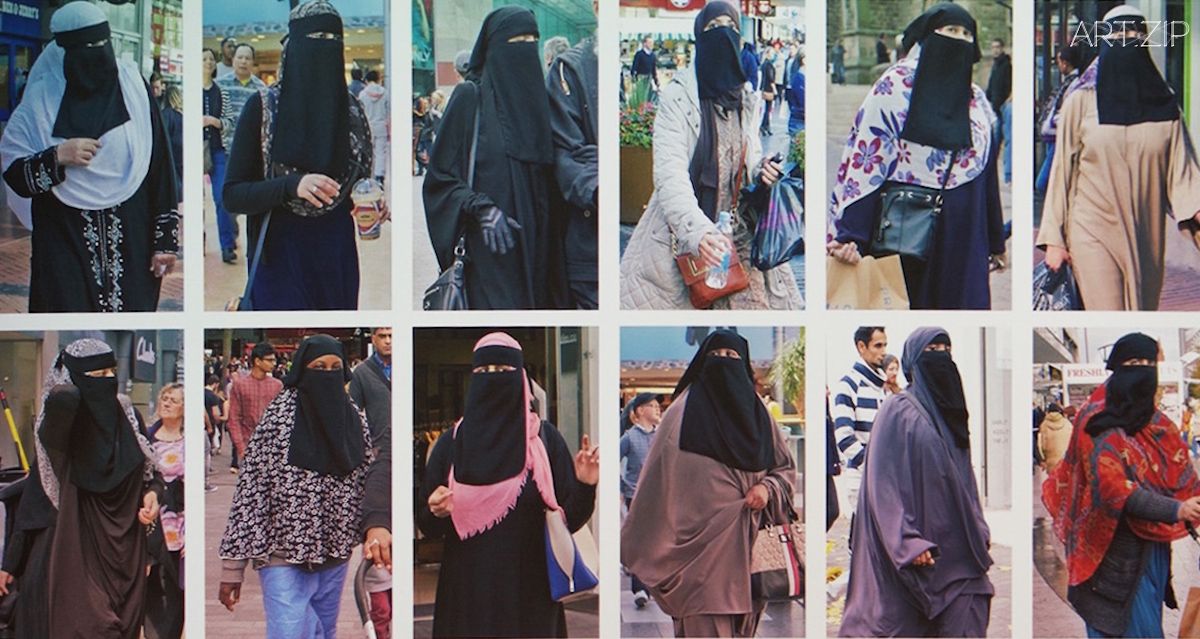
Curated by Martin Parr
Barbican Art Gallery, Barbican Centre, UK
16 March – 19 June 2016
Alongside the works exhibited, an extensive photobook section brings together an array of rare, new and out-of-print publications by international photographers from the 1930s to now, constituting a parallel history of Britain. Designed by Stirling Prize-winning London based architects Witherford, Watson, Mann, Strange and Familiar: Britain as Revealed by International Photographers opens at Barbican Art Gallery on 16 March 2015.
Jane Alison, Head of Visual Arts, Barbican , said: “Since its earliest days, the Barbican has been at the forefront of promoting photographic art. It is wonderful to welcome Martin Parr back to the Barbican 14 years after his hugely successful retrospective. As curator, Martin brings a discerning eye, his fascination with people and British culture, as well as his formidable knowledge and appreciation of international photography. This show promises to be a rich, varied and thought-provoking portrait of modern Britain.”
Each of the 23 photographers in the exhibition records different characteristics of life around Britain in their own distinctive style. Starting in the mid-1930s with Edith Tudor-Hart’s images of London’s East End to the slum housing areas of Tyneside that capture the child welfare, unemployment and homelessness that characterised the interwar years. Henri Cartier-Bresson ’s images capture the celebratory spirit at the Coronation of King George VI in 1937 – photographing the crowds lining the streets. The work ofGian Butturini and Frank Habicht show the euphoria of the Swinging Sixties and the anti-War movement.Paul Strand ’s images feature the lives and landscape of the Scottish Isles of the Outer Hebrides in the mid-1950s underscored by the politics of the Cold War and Britain’s emerging transatlantic relationship, whilst Robert Frank’s portrayal of life in London alongside the coal mining towns of South Wales in the early 1950s chart the rise of a British corporate culture and bring into sharp relief the relationship between wealth and poverty. Equally Sergio Larrain’s take on London in the 1950s is a spontaneous response to a city that was undergoing dramatic change in the post-War era and is marked by unusual vantage points and blurred images that capture the dynamism of the city. The Dutch photographer Cas Oorthuys captured the mid-century street and social landscape in Cambridge, London and Oxford with all its quirks and idiosyncrasies: commuters queuing at bus stops, bowler-hatted city workers and London markets.
Evelyn Hofer ’s humourous and tender portraits from 1962 document the tradespeople of London: a butcher at Smithfield Market; taxi drivers congregating at a kiosk; a lollipop lady and waiters at the Garrick Club . Bruce Davidson’s work in England and Scotland from 1960 reveals the stark contrasts between city and country life, of the landed gentry and the common people as he focussed his camera on bankers, cleaners, bombed-out buildings, public transport and youths in Soho. Also included are little known black and white prints by the influential American photographer Garry Winogrand, who travelled through the UK in 1968 bringing his inimitable visual language to the streets of Britain shown alongside images by Candida Höferwho in 1968 went in search of the Liverpool Scene.
In 1968, the Japanese photojournalist Akihiko Okamuramoved to Dublin to cover the conflict in Northern Ireland. His lyrical and poignant colour work depicts the everyday experience of army barricades, road blocks, demonstrations, and bombed out streets, but are characterised by their refusal to dramatise the Troubles. Starting in 1972, Gilles Peress travelled to Northern Ireland nearly every year for two decades to document the ongoing conflict. For Strange and Familiar, Peress presents a new installation of 51 black and white prints from his series The Prods, a compelling narrative of ordinary life played out against a backdrop of Orange Parades, cricket matches, church services, funerals and lovers embracing by a stream.
In 1977, Shinro Ohtake spent a year in London exploring the city and its inhabitants. On show in the UK for the first time, his surreal and poetic photographs serve as a visual diary and present a city mired in economic hardship. RaymondDepardon ’s photographs of Glasgow capture the bleakest of urban landscapes in and around the areas of Govan and Maryhill during a period of industrial decline .
Portraiture is central to the work of both Tina Barney andRineke Dijkstra. Whilst Dijkstra focuses her camera on teenage girls in a Liverpool nightclub, highlighting their vulnerability and naivety; Barney’s sumptuous colour portraits of the British upper classes provide a window into a world that appears both melancholic and endearing. On the other end of the spectrum, Bruce Gilden’s up close and personal portraits of the working class in the Black Country (2014) and Middlesex (2011) are cropped so tightly that the viewer is confronted with their warts, pimples and blemishes taken under the harsh light of the flash. Hans Eijkelboom’s vast collection of images of street shoppers surreptitiously snapped at The Bullring in Birmingham are organised into a complex grid structure according to formal similarities: clothing, gestures and accessories that question the construction of identity and self-representation in today’s globalised culture.
Described as a ‘chronicler of our age’, Martin Parr has been a critical figure in British photography for the last three decades. Renowned for his oblique approach to social documentary, his colour photographs touch on themes of leisure, consumption and communication all infused with humour and wit. He has published over 80 books of his own work including Bad Weather (1982), The Last Resort (1986),Signs of the Times (1992), Home and Abroad (1993), Think of England (2000), Life’s a Beach (2012) and most recentlyBlack Country Stories (2014). His contribution to photographic culture both nationally and internationally was acknowledged through his appointment as President of Magnum Photos and he has curated a number of critical exhibitions including Rencontres d’Arles (2004), New York Photo Festival (2008) and Brighton Photo Biennial (2010). He has enjoyed countless solo exhibitions, including a major retrospective organised by Barbican Art Gallery (2002) that toured extensively. Since 2013, Martin Parr has been the City of London’s photographer-in-residence, and his work culminates in a new exhibition coinciding with Strange and Familiar: Britain as Revealed by International Photographers,Unseen City: Photos by Martin Parr at the Guildhall Art Gallery from 4 March until 31 July 2016.

